12 Timeless Table Manners Everyone Should Know
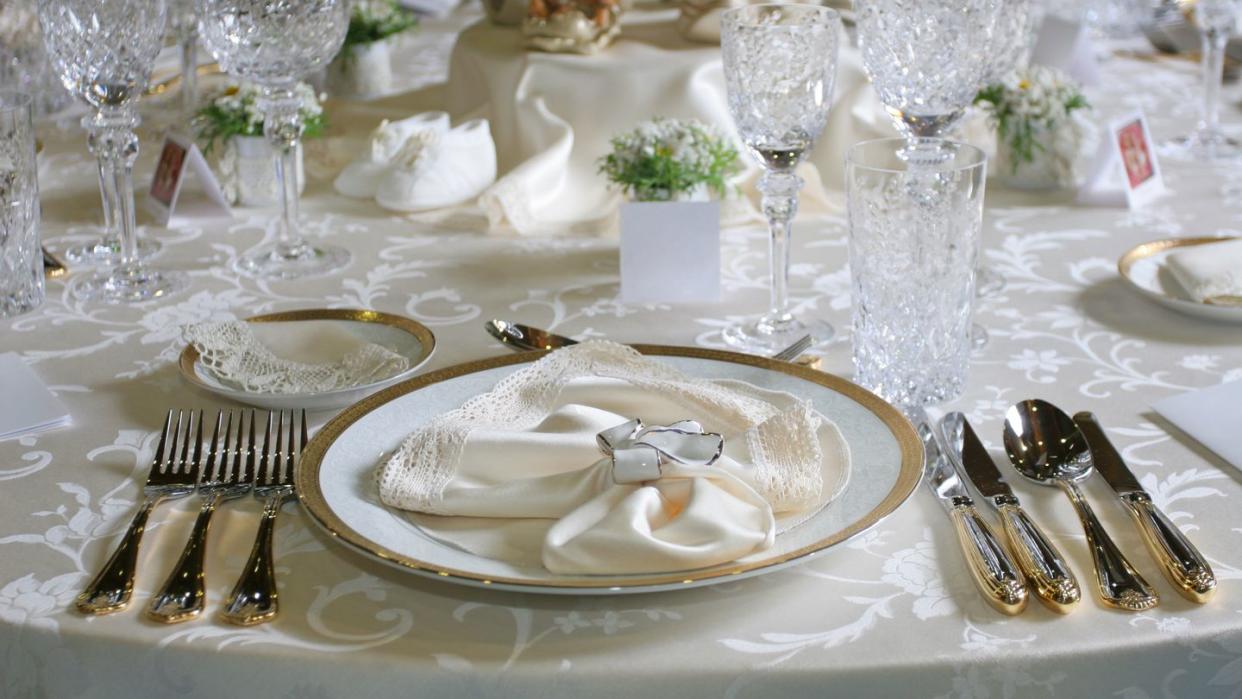
Table manners make eating together an enjoyable experience— and manners are just as pertinent today as ever. “Table manners aren’t an outdated tradition,” says Diane Gottsman, etiquette expert and founder of The Protocol School of Texas. “The reason for etiquette is that our behavior reflects our own self-confidence and can make other people around us feel more comfortable, too.”
Table etiquette also is about making a good impression on others. “Table manners are important in settings in which you’re being evaluated,” says Jacqueline Whitmore, etiquette expert and founder of The Protocol School of Palm Beach. “That includes first dates, business meetings, and interviews. Technical skills are important, but soft skills are just as important in business and personal relationships.”
Today’s table manners everyone should know actually are easier to remember than the elaborate rules of previous centuries. For example, Maude Cook’s 1896 book Social Etiquette or Manners and Customs of Polite Society, outlined more than 30 pages of table manners.
On the other hand, some things never change. The book included this helpful advice: Never chew with your mouth open or pick your teeth at the table, which still is sound advice!
Ahead, these are the most important modern table manners everyone should know, according to etiquette experts Gottsman and Whitmore:
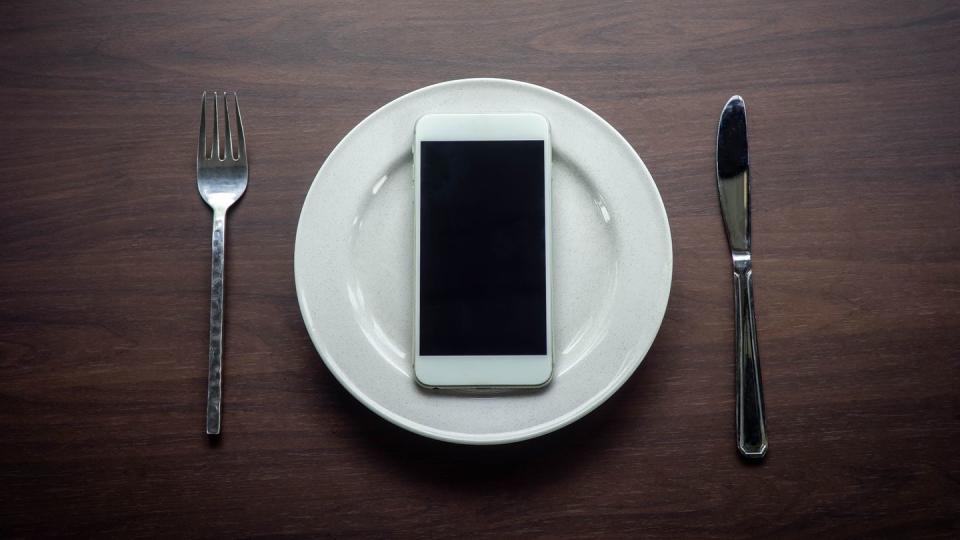
Keep your phone out of sight. A phone on the table sends a message that it’s more important than the people you’re with right now. If you must take a call, such as from your babysitter, put your phone on vibrate, then leave the table and speak in a private place. And save texting and posting photos to social media for when you’ve left the table at the end of the meal.
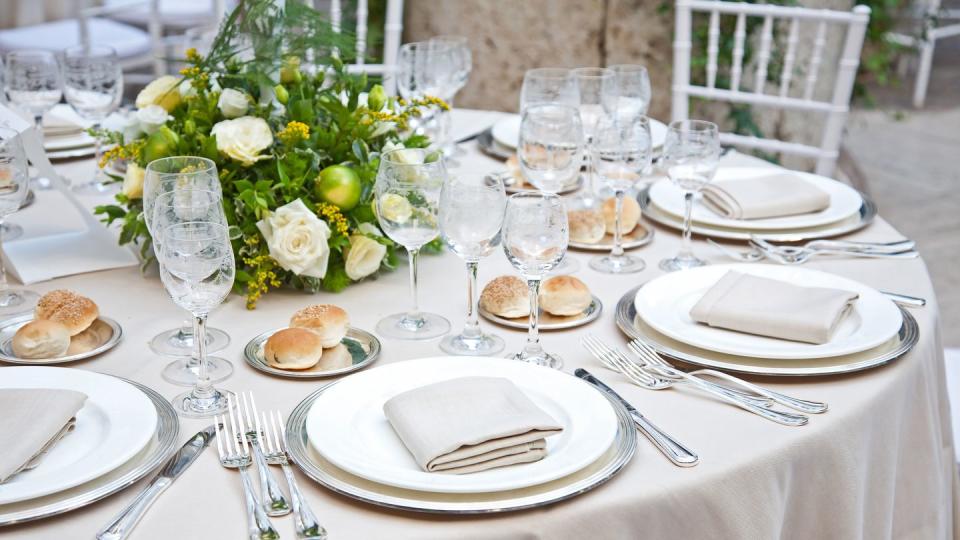
2. The bread plate is on the left hand side of the place setting, the beverages on the right. But if your dining companion accidentally uses yours, discreetly ask the restaurant staff for another.
Table manners make eating together an enjoyable experience—and manners are just as pertinent today as ever. “Table manners aren’t an outdated tradition,” says Diane Gottsman, etiquette expert and founder of The Protocol School of Texas. “The reason for etiquette is that our behavior reflects our own self-confidence and can make other people around us feel more comfortable, too.”
Table etiquette also is about making a good impression on others. “Table manners are important in settings in which you’re being evaluated,” says Jacqueline Whitmore, etiquette expert and founder of The Protocol School of Palm Beach. “That includes first dates, business meetings, and interviews. Technical skills are important, but soft skills are just as important in business and personal relationships.”
Today’s table manners everyone should know actually are easier to remember than the elaborate rules of previous centuries. For example, Maude Cook’s 1896 book Social Etiquette or Manners and Customs of Polite Society, outlined more than 30 pages of table manners that covered everything from oyster forks to how to eat only the inside of grapes!
On the other hand, some things never change. The book included this helpful advice: Never chew with your mouth open or pick your teeth at the table, which still is sound advice!
Ahead, these are the most important modern table manners everyone should know, according to etiquette experts Gottsman and Whitmore:
Keep your phone out of sight.
Your phone should never be on the table. This sends a message that it’s more important than the people you’re with right now.
If you must take a call, such as from your babysitter, put your phone on vibrate, then leave the table and speak in a private place. And save texting and posting photos to social media for when you’ve left the table at the end of the meal.

The bread plate is on the left, beverages are on the right.
If your dining companion accidentally uses yours, it's recommended to discreetly ask the restaurant staff for another. Want an easy way to remember where things go in the future? Make OK signals with your left and right hands. Your left hand should look like a lowercase "b," (bread) and your right hand should look like a lowercase "d" (drink). Voila!

Place your napkin on your lap.
Ideally, wait until your host takes their napkin from the table. If you need to leave the table, place the napkin on your chair and push the chair in. At the end of the meal, place the napkin on the table to the left of the plate, not on the plate.
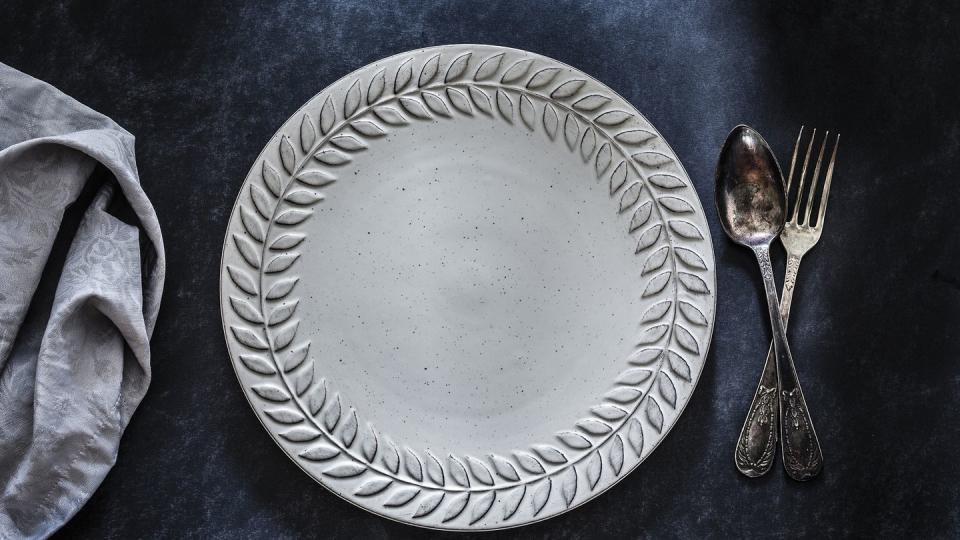
Leave a dropped utensil on the floor.
If you drop your utensil, ask the restaurant staff for another. Do not retrieve the dirty utensil and place it on the table.
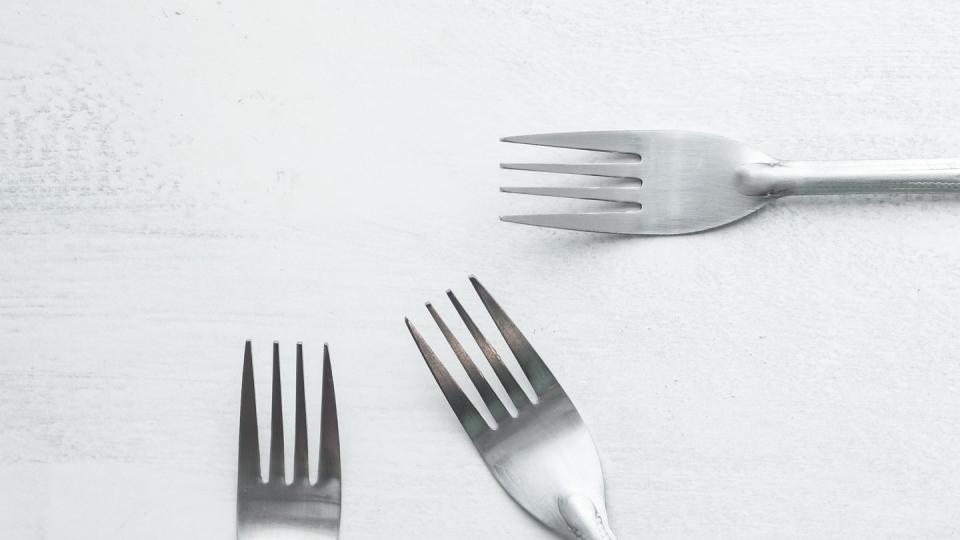
Cut only one piece of food at a time.
Although you may be tempted to dive right in to your warm roll, etiquette experts recommend breaking bread apart and buttering and eating one bite at a time.
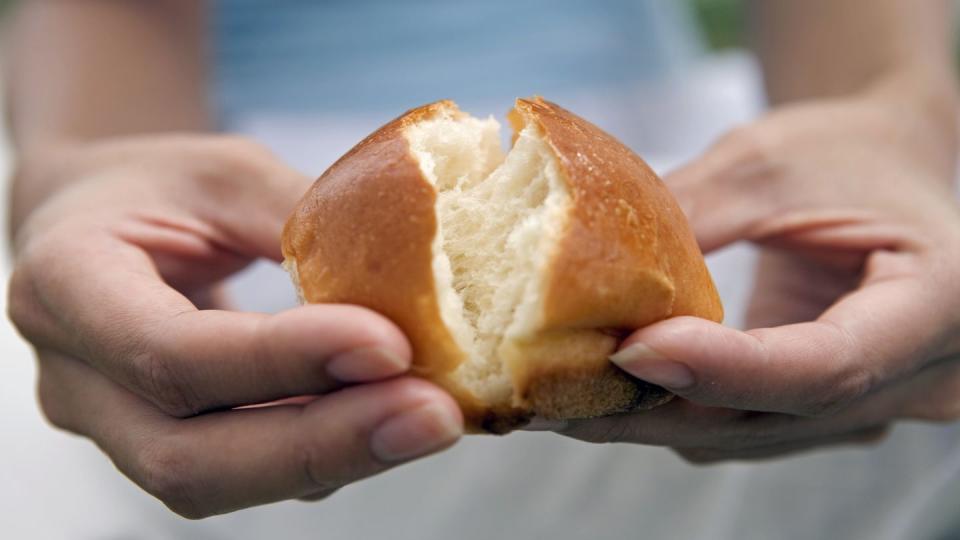
Spoon soup away from your body.
Don’t leave the spoon in the bowl; place it on the saucer underneath your bowl when finished.
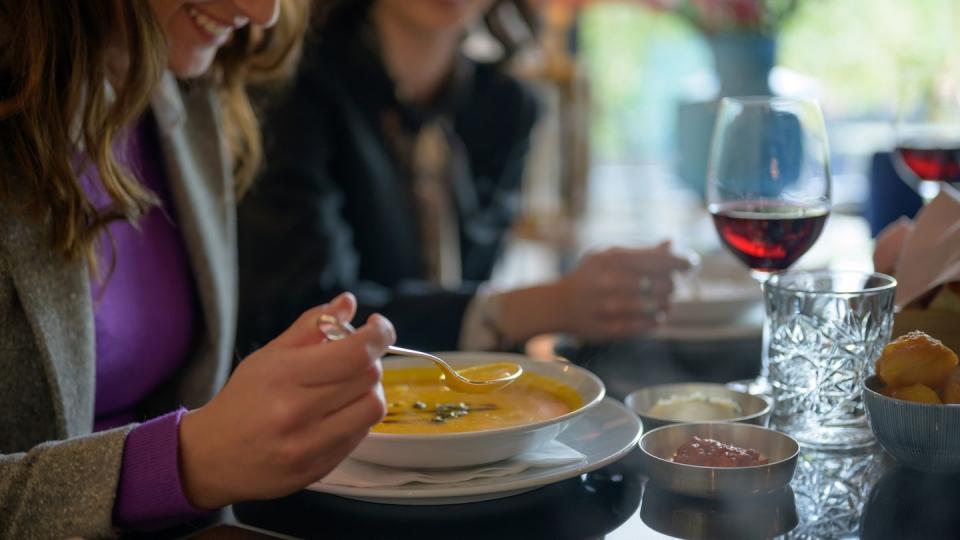
Avoid messy foods for important meetings.
Skip the whole cherry tomato squirting across the table or spaghetti being slurped up! For important meetings, it's best to opt for a mess-free option that can be eaten with ease (read: save those saucy chicken wings for watching the big game).
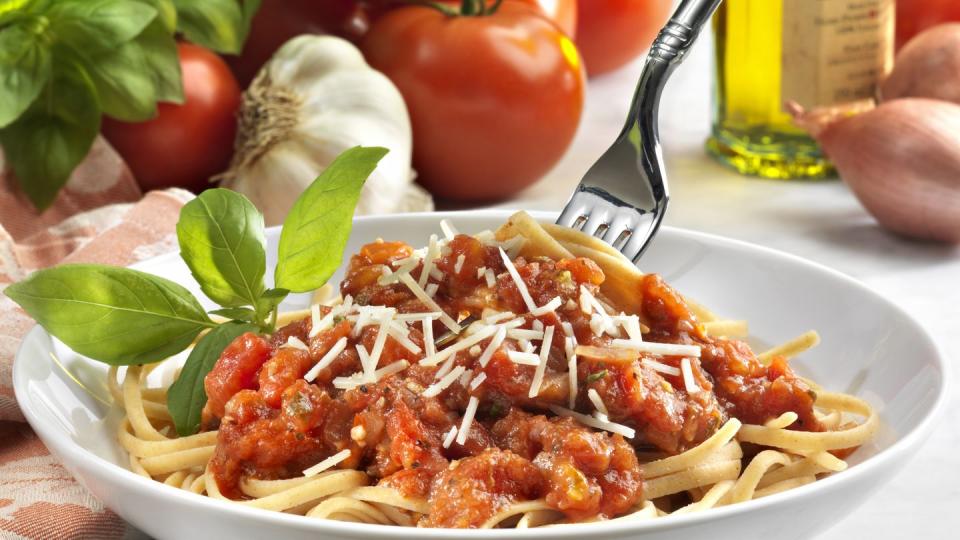
Pass food around the table counterclockwise.
And offer to your neighbor first before serving yourself.
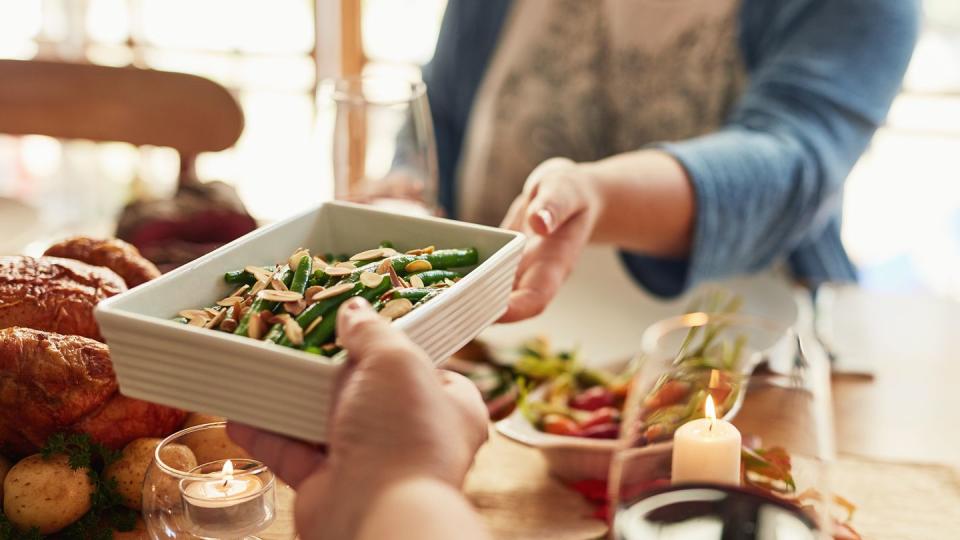
Pass the salt and pepper shakers together around the table.
Salt and pepper always travel in pairs. Even if someone only asks for the salt, it's best practice to hand them both shakers.
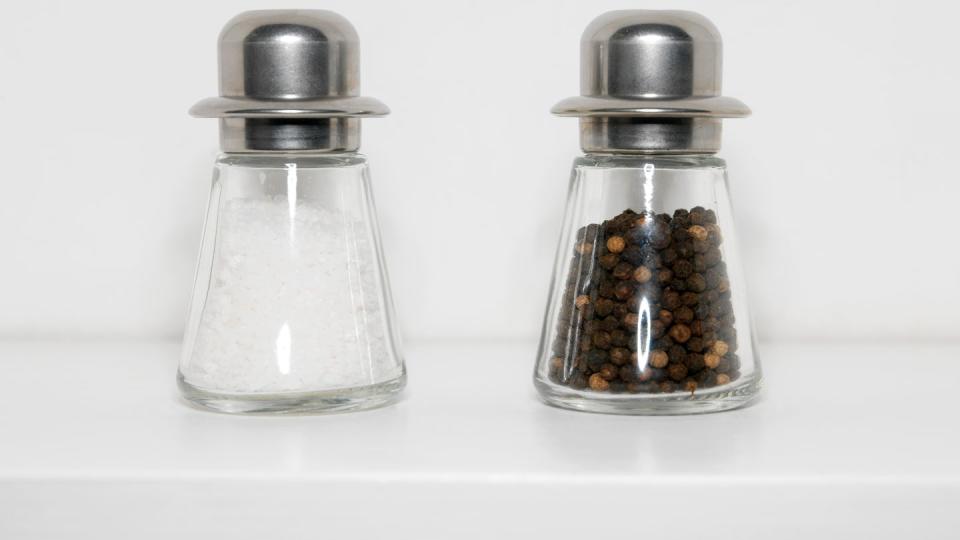
Stand and raise a glass to initiate a toast.
Don’t clink your glass with a utensil to get everyone’s attention. And wait for the host to make the first toast of the event. Afterwards, you can toast at any other time during the meal. It’s also generally fine to toast with a non-alcoholic beverage if you prefer.
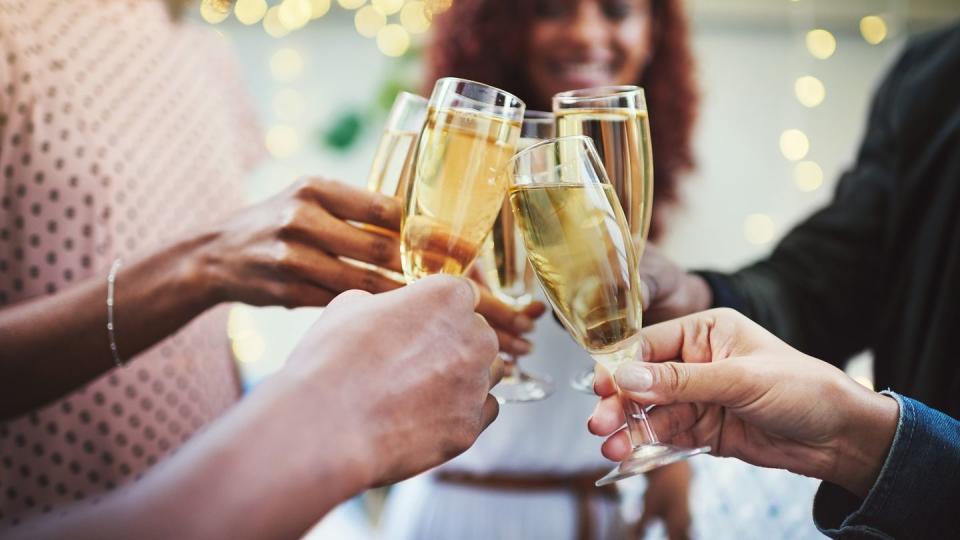
Wait to start eating until everyone has been served.
The exception is if your host or dining companion indicates you should begin, such as if a meal has been delayed in the kitchen.
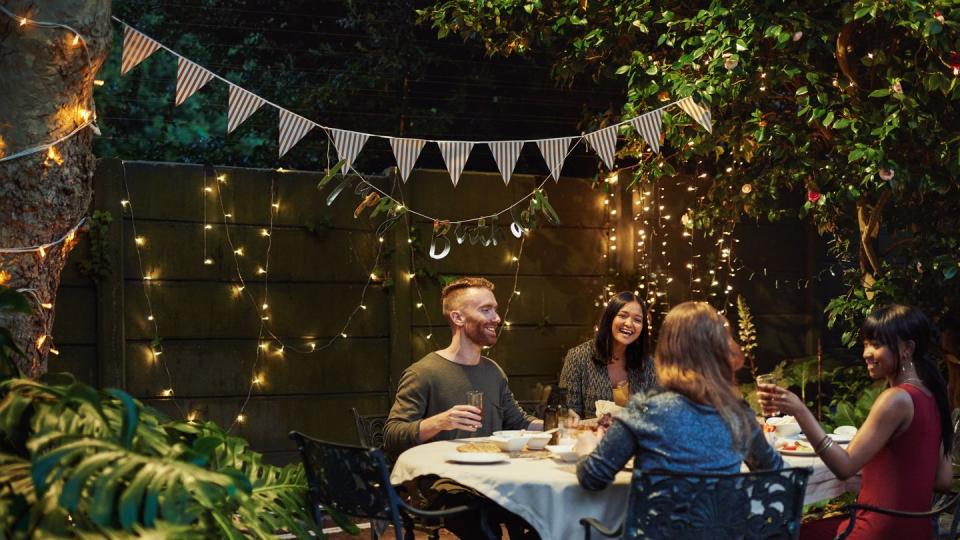
Avoid stacking plates.
You may think this is helping your host or the restaurant staff, but it makes a mess and could cause a piece of your host's fragile china to chip or break.
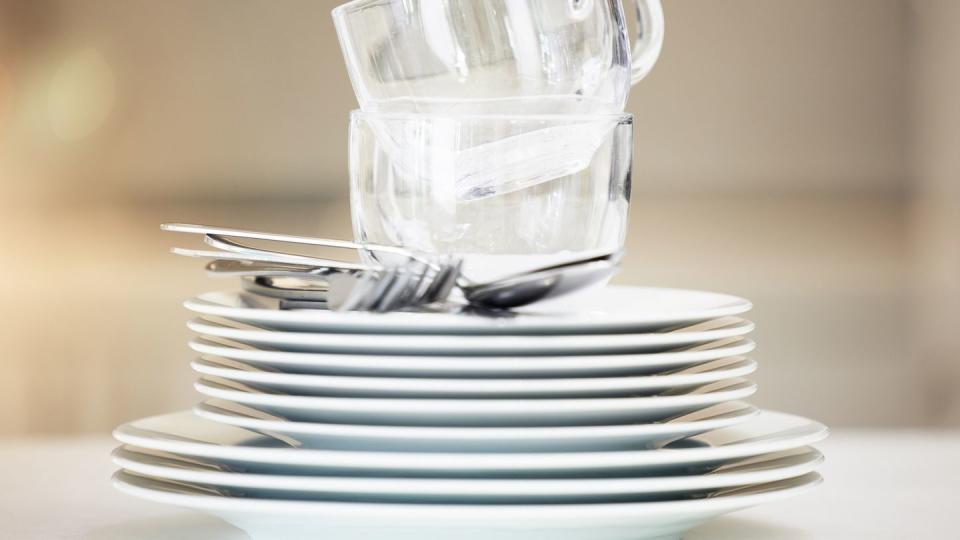
You Might Also Like

